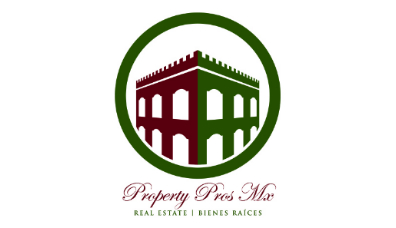Mayan History and Yucatecan Culture
The Maya Civilization is an ancient civilization of Mesoamerica principally renowned for their Maya script as well as for their many advancements in the domains of art, architecture, agriculture, mathematics and astronomy. It is the most studied pre-Columbian civilization together with the Aztecs and the Incas. During the pre-Colombian period, the Maya Empire occupied areas that are today part of Southeastern Mexico, Belize, Guatemala, western portions of the Honduras and El Salvador. The history of this great civilization is often divided into 3 principal periods:
Preclassic
This period was characterized by non-migratory communities and the introduction of clay figurines and pottery. Staple crops of the Maya diet, including maize, beans, squash and chili pepper, were already being cultivated. Small villages grew to form cities with large temples, sculpted monuments and causeways. Stelae or upright stone slabs were built to celebrate achievements, validate the power to rule, and most importantly to glorify the king.
Classic
In this period, the lowland Maya built dated monuments using the Long Count calendar. It was the period of large-scale urbanism and intellectual and artistic development. Agriculture was intensely developed together with a city-centered civilization comprising of independent city-states. Pyramid temples and palaces were built in the center of their greatest cities. The Maya participated in long distance trade, from the Motagua River to the Caribbean Sea and north up to the coast to Yucatán. Trade included basic goods such as obsidian, salt and cacao with select goods such as jade, ceramics and quetzal feathers.
Postclassic
Much of the disintegration of the Maya empire occurred during this period. In the northern Yucatán Peninsula, the postclassic city of Mayapan was an important post later abandoned around 1448 due to political, social and environmental turmoil. Persistent conflict in the Yucatán followed, which ended just before Spanish contact in 1511. The Yucatán Peninsula was divided into a number of independent provinces with a common culture but differed in their sociopolitical groupings. Spanish explorers discovered wealthy coastal cities and flourishing marketplaces.
Contact Period and Spanish Conquest
In the second decade of the 16th century, the Spanish launched three expeditions to explore the Yucatán coast, which involved all manner of clashes with the Maya. In 1527, Francisco de Montejo and Francisco de Montejo y Leon, his son, led a series of military conquests against the Maya states of the Yucatán Peninsula. By 1546, the whole of the northern peninsula was under Spanish rule and the last remaining Maya city, Nojpetén (in Northern Guatemala), fell to the Spanish in 1697.
Culture
The unique culture of Mérida and the state of Yucatán is a result of its geographical isolation from the rest of Mexico. Moreover, despite centuries of colonization, the conquistadors were unsuccessful in their efforts to completely suppress Mayan culture, whose traditions and religious elements survive to this day.
These strong traces of Mayan culture are manifested not only in historic texts, but in the day-to-day life in the Yucatán. You can see it in celebrations like Hanal Pixan, a Mayan/Catholic Day of the Dead celebration that blends disparate elements from the two religions including crucifixes, skull motifs and food offerings. On All Saints’ Day, a Catholic holiday, the Mayan tamal pie Múkbil pollo is offered to the dead along with a cup of hot chocolate.
Language
Spanish is spoken with a Yucatec Maya accent. The Yucatec Maya language is spoken by around a third of the state’s population and is characterized by its melodic flow filled with what is known in linguistics as plosive sounds.
Although the Mayan language is the first language of many Yucatecans many students are also now learning English in schools.
Cuisine
Yucatecan cuisine bears little resemblance to what is popularly known as “Mexican” food. It is the result of a mélange of influences, including indigenous Mayan, Mexican, European, Caribbean, and even Middle Eastern.






















